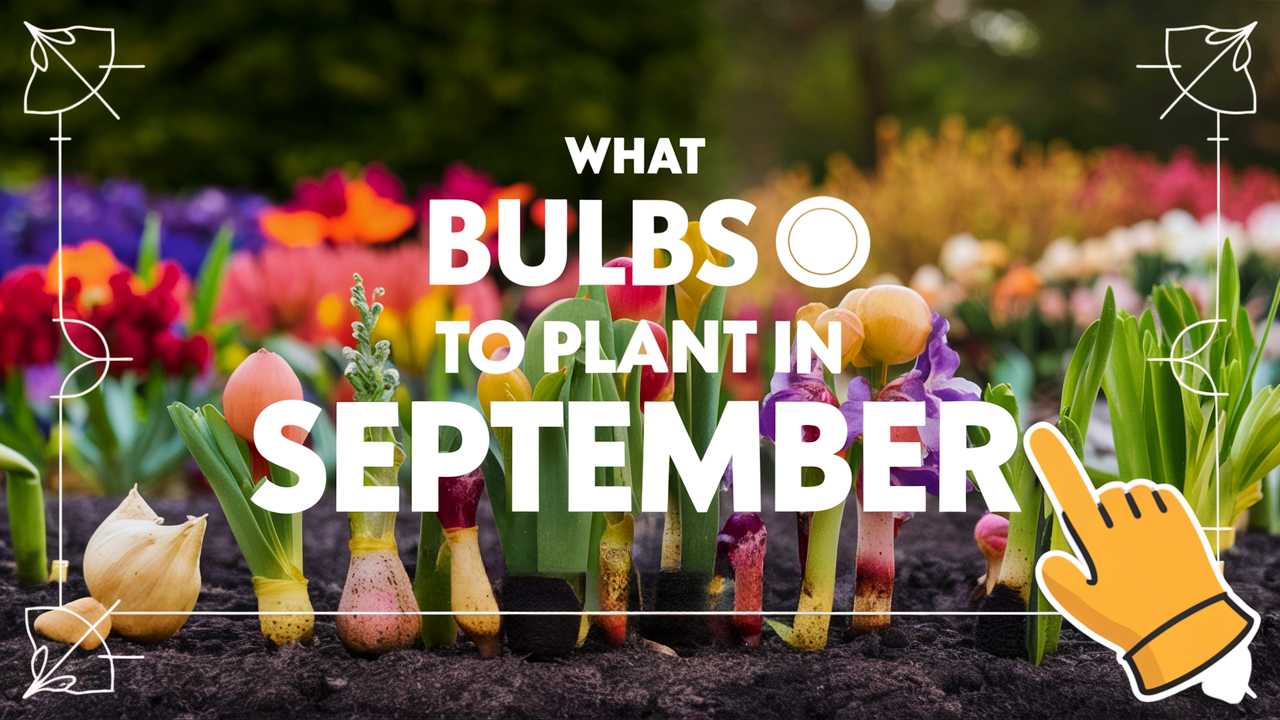September marks the transitional phase between the sweltering days of summer and the crisp embrace of autumn. As the days grow shorter and the weather begins to cool, this month serves as a prime window for gardeners to prepare for the forthcoming blooms of spring.
Planting bulbs in September not only allows them to establish roots but also invites a colorful display that will greet you after the snow melts. Below, we’ll explore standout bulbs to consider for your fall planting.
Daffodils
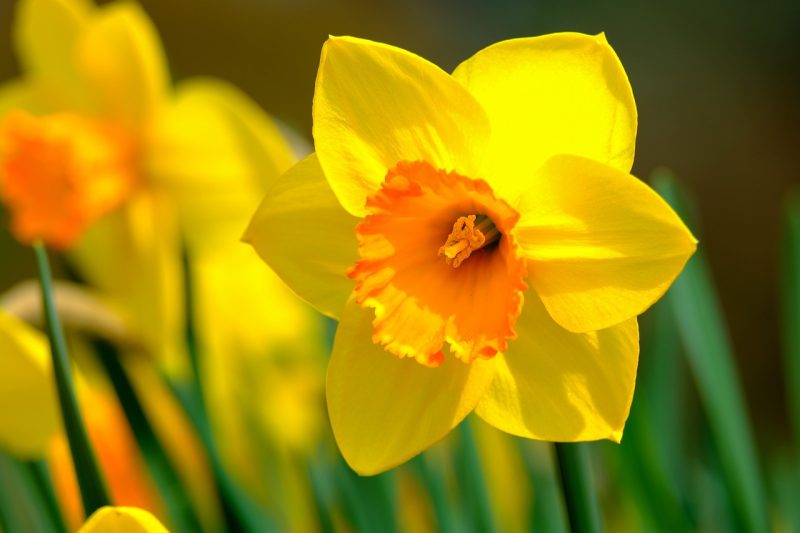
Daffodils are perennial favorites that produce bright yellow, white, and orange blooms as early as March. Known for their resilience and ability to naturalize, they can thrive in a variety of soil types. Plant them in well-drained soil where they can receive full sun to partial shade. Some popular varieties include the classic ‘King Alfred’ and the fragrant ‘Thalia’. A bonus? Daffodils are deer and rodent resistant, making them a wise choice for gardens in critter-heavy areas.
Tulips
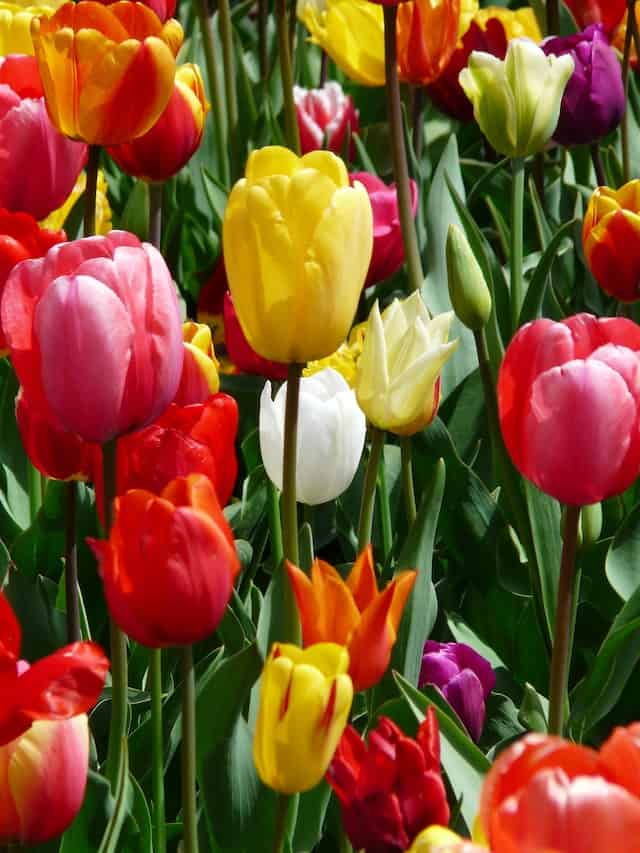
Ah, tulips—the quintessential spring flower! Their vibrant hues and variety make them a go-to for many gardeners. While they typically bloom later than daffodils, planting them in September gives them ample time to establish roots. Opt for early bloomers like ‘Queen of Night’ or ‘Darwin Hybrid’ varieties that provide stunning blooms with longevity. Incorporate them in clusters for a truly eye-catching display.
Crocuses
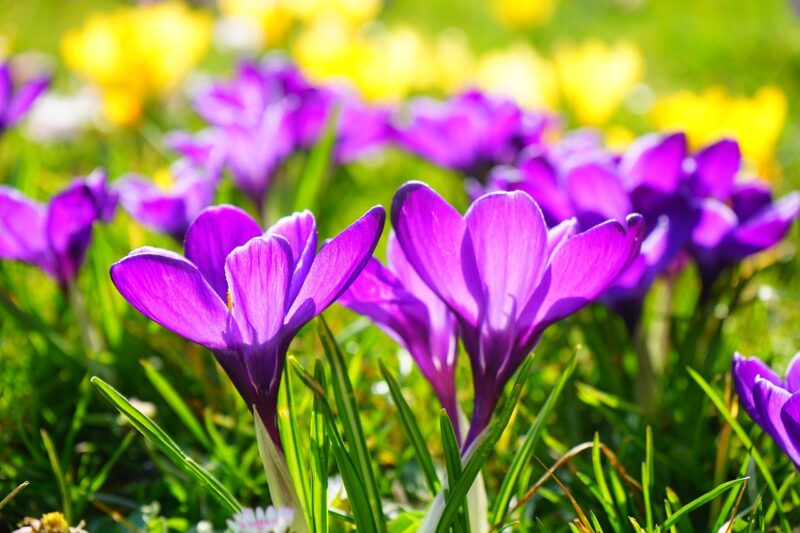
Crocuses are a delightful way to herald the dawn of spring, often peeking through the snow as early as February. These small, hardy bulbs come in a variety of colors including purples, yellows, and whites. Plant them in lawns or rock gardens for a natural look. Crocuses thrive in full sun to partial shade and look enchanting when planted en masse. For those looking to attract early pollinators, crocuses are a perfect choice.
Hyacinths
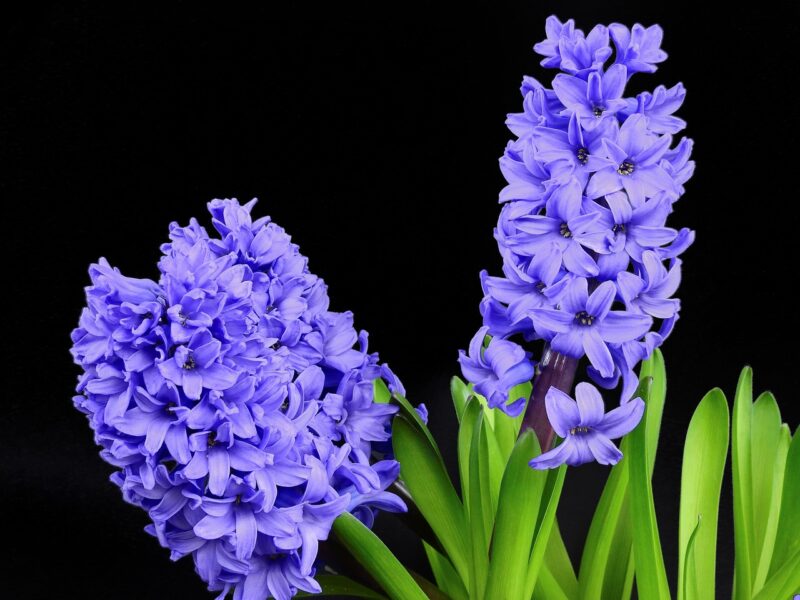
With their intoxicating fragrance and vibrant colors, hyacinths are a garden showstopper. These bulbs bloom in mid- to late spring and come in shades of blue, pink, white, and purple. They prefer a well-drained, sandy soil and ample sunlight. Consider planting hyacinths in garden beds, borders, or even containers for a versatile option. Be mindful that they’re quite fragrant, which can be a pleasant surprise when they bloom!
Alliums
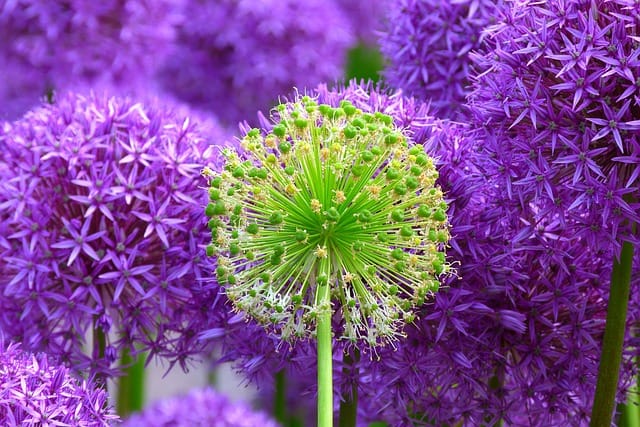
Alliums are the tall, architectural stars of the spring garden. Their globe-like clusters of purple, white, or pink flowers create drama and interest after many of the early bloomers have faded. Plant varieties like ‘Gladiator’ or ‘Purple Sensation’ in well-drained soil for best results. They not only add visual interest but are also excellent for attracting pollinators. Extra points for being deer resistant!
Iris
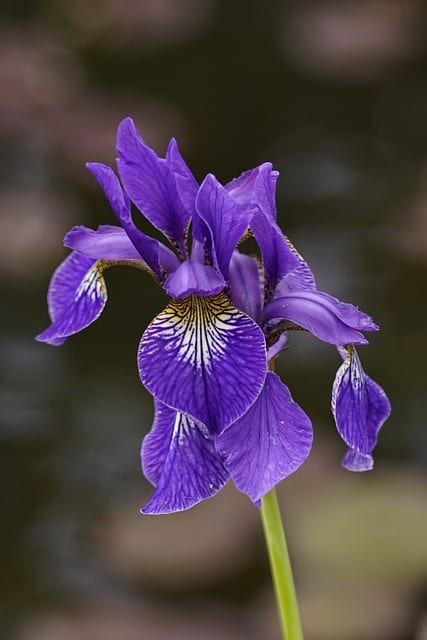
Known for their striking sword-like foliage and intricate flowers, irises are a wonderful addition to any garden. Planting bearded irises in September allows them to develop robust root systems for a vibrant show in late spring. The iconic ‘German Iris’ comes in countless color variations. Make sure they’re facing east or south to catch the morning sun, and provide good drainage to prevent rot.
Snowdrops
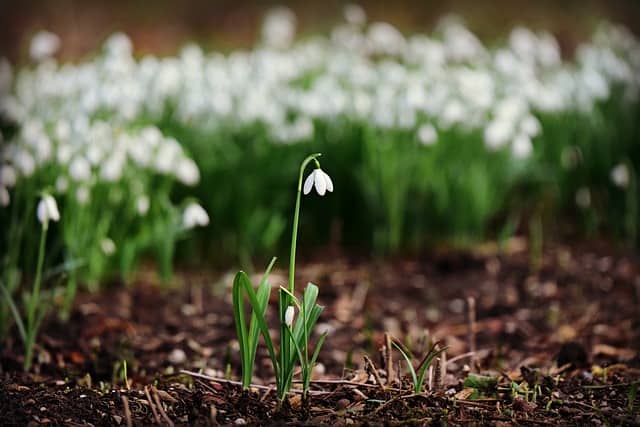
Snowdrops are one of the first flowers to emerge in spring, often seen peeking through the last layers of snow. These delicate white blooms are perfect for shady spots or beneath deciduous trees. Their charming presence fills any garden with hope in the early months of the year. Plant these bulbs in clusters for a more dramatic effect, and watch your garden come alive with their nodding heads.
Muscari (Grape Hyacinth)
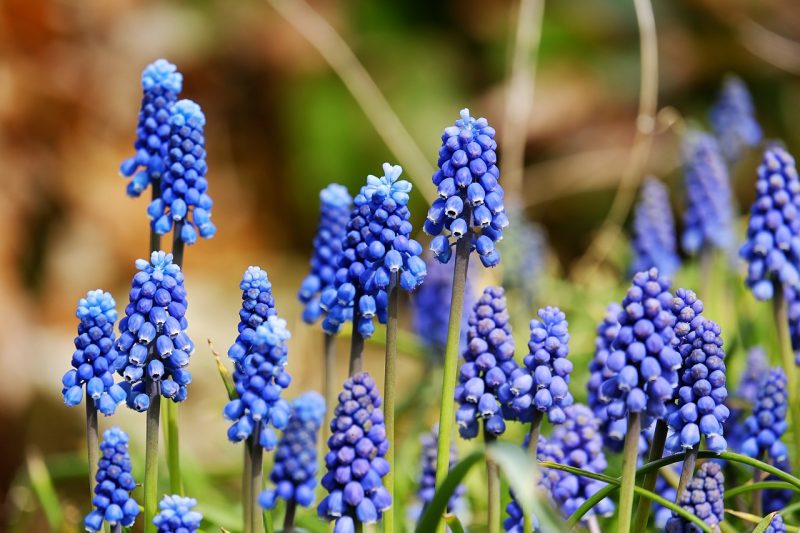
Grape hyacinths are adorable, bell-like flowers known for their vibrant blue or purple hues. They are perfect for mixing in among other spring bulbs or creating a dreamy carpet beneath trees. Muscari thrive in a variety of soil types and require minimal maintenance. They’re another economical choice for a colorful spring garden, multiplying over the years for a more abundant display.
Scilla
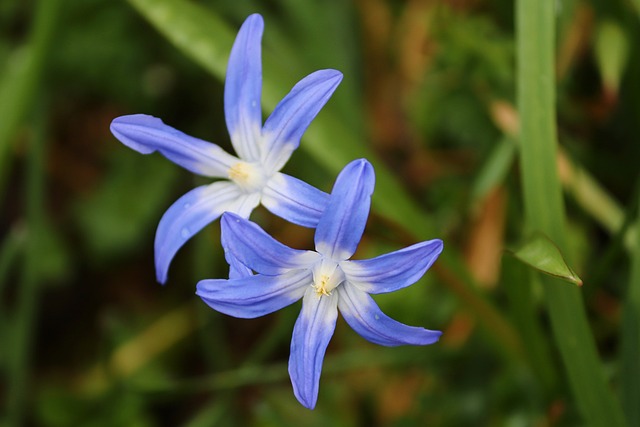
Scilla, or Siberian squill, produces star-shaped flowers that bloom in shades of blue, white, or pink. They are particularly effective when planted in naturalized settings, as they spread easily and create a lush ground cover. These bulbs are hardy and comfortable in various soil types and conditions. September is the perfect month to plant scilla, allowing them to settle in and flourish as the season changes.
Zephyranthes (Rain Lily)

Rain lilies offer a unique twist to traditional bulb planting, with their striking blooms emerging after rain. While typically associated with warmer climates, they can thrive in various conditions. These bulbs can be planted in well-drained soil with plenty of sunlight to ensure successful growth. Their charm lies in their unexpected blooms, adding an element of surprise to your garden.
Tulbaghia (Society Garlic)
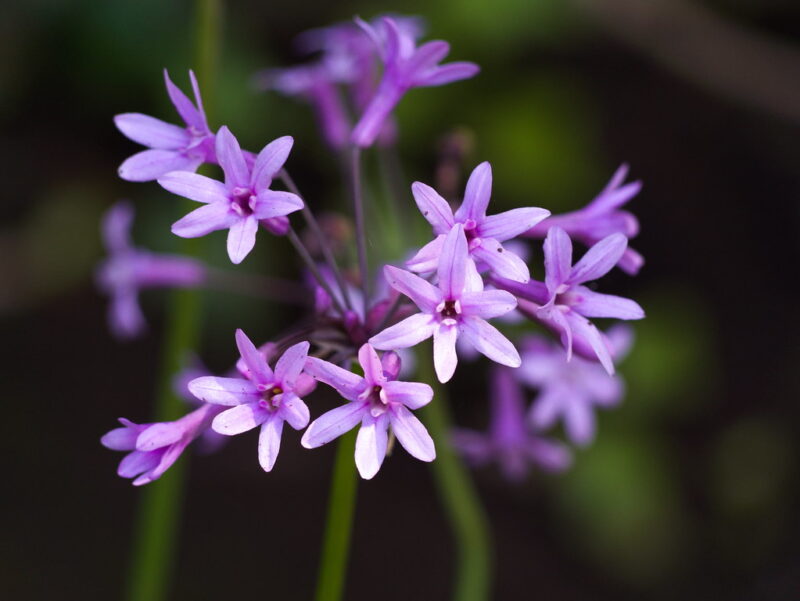
Tulbaghia, often referred to as Society Garlic, features fragrant, star-shaped flowers that bloom in clusters above slender, grass-like leaves. These bulbs are not only hardy but also attract beneficial pollinators to the garden. Gardeners appreciate their long flowering period, which can last from late spring to fall, providing extended interest and fragrance all season.
Narcissus
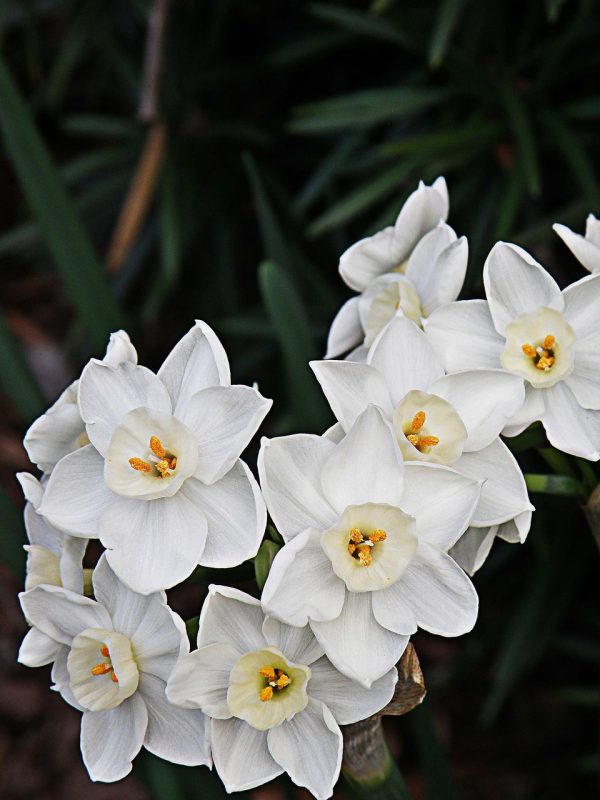
Technically a member of the daffodil family, Narcissus varieties bring additional diversity to your garden. With a wide range of flowers, from single to multi-headed blooms, Narcissus are suited to many styles of gardens. They thrive well in sun-drenched spots but can also adapt well to partially shaded areas. Designing with Narcissus can offer a delightful range of flower shapes and hues.
Fritillaria
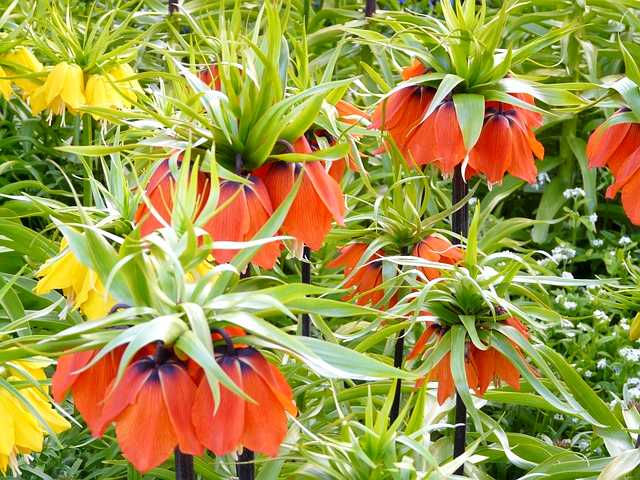
Fritillaria, with their unique bell-shaped flowers, will stand out in your fall planting scheme. These unusual bulbs add intrigue and can be found in a striking, checkerboard pattern on some varieties. Plant them in a sunny spot with well-drained soil to ensure successful blooming. Choose varieties like Fritillaria imperialis for their dramatic height and captivating fragrance—a true showstopper in your late spring garden.
Anemones
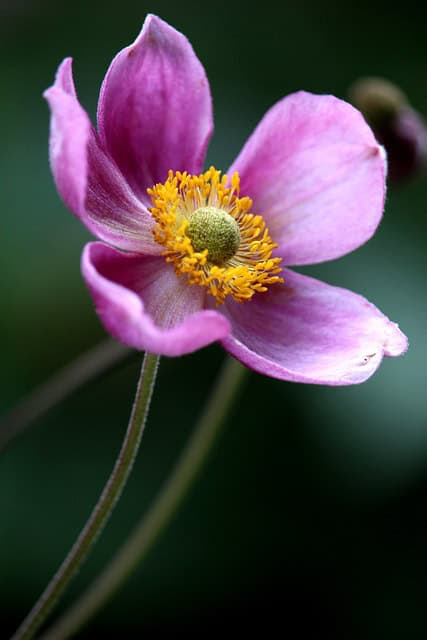
Anemone bulbs are a lovely choice for adding a splash of color to your garden. They produce vibrant flowers in shades of blue, pink, and white and are perfect for both borders and containers. Anemones prefer a sunny spot and well-drained soil. Planting them in September gives them the cold treatment they need to thrive come spring, leading to a joyful burst of life in the garden as the temperatures rise.
Gladiolus
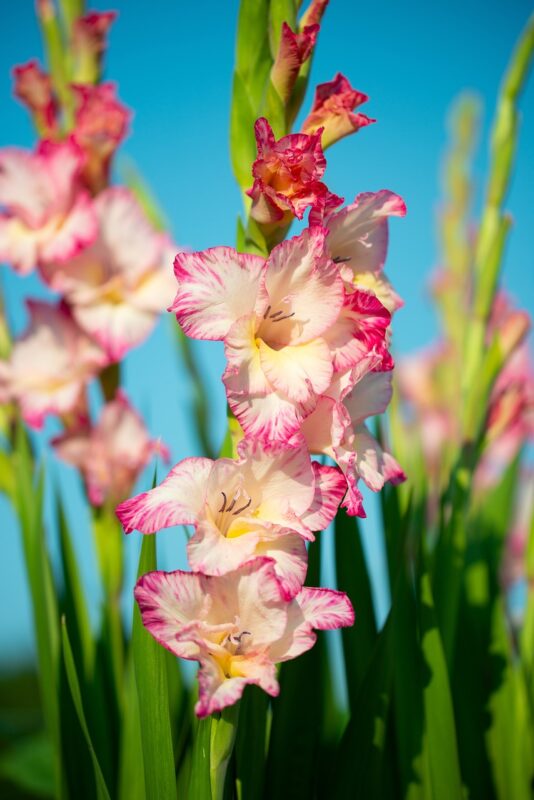
While typically a summer-blooming plant, planting some varieties of gladiolus in September can give you a surprisingly lush display in early summer of the following year. These elegant, tall flowers bring sophistication to garden arrangements and are often utilized for cut flower bouquets. They thrive in full sun and well-drained soil, making them an excellent addition for vibrant summer color.


